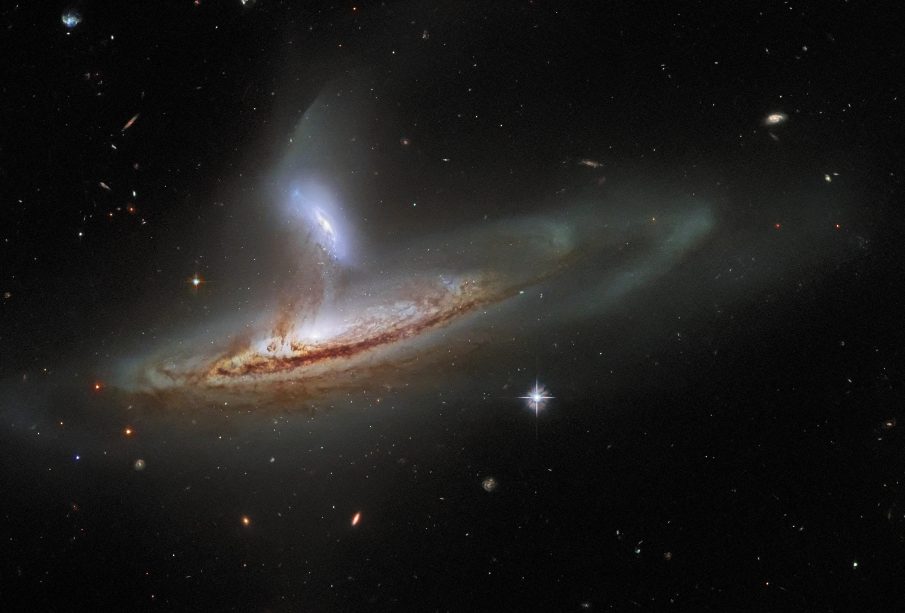NASA: Pioneering Space Exploration and Innovation

Introduction
NASA, the United States government agency responsible for the nation’s civilian space program and for aeronautics and aerospace research, has made significant strides in space exploration and technology in recent years. As humanity continues to push the boundaries of our understanding of the universe, NASA’s ongoing missions and groundbreaking discoveries play a crucial role in shaping our future, not only in space but also in various scientific fields.
Recent Missions and Discoveries
In 2023, NASA launched the Artemis I mission, marking a pivotal return to lunar exploration. This uncrewed test flight successfully orbited the Moon, delivering key data to inform future missions intended to establish a sustainable human presence on the lunar surface by the end of the decade. Following this, the agency’s Artemis II mission, targeted for late 2024, aims to include astronauts, paving the way for long-term exploration beyond Earth.
Additionally, the Perseverance rover, which landed on Mars in February 2021, continues to transmit valuable data about the planet’s geology and potential for past life. This mission has so far collected rock samples that scientists believe could hold clues to ancient life on Mars and is preparing for future sample-return missions that will bring these specimens back to Earth.
Technological Advancements
NASA is not just focused on distant planets; it is also making waves in technology and innovation. The agency has invested heavily in developing climate monitoring technologies, satellite systems, and artificial intelligence to improve data analysis capabilities. The Earth Observing System (EOS) satellites monitor climate change and natural disasters in real-time, aiding emergency responses and contributing to scientific research worldwide.
Community Engagement and Education
NASA is committed to engaging the public and inspiring future generations through educational programs. The annual celebration of National Space Day features events aimed at showcasing career paths in science, technology, engineering, and mathematics (STEM) fields. Initiatives like the NASA STEM Engagement program reach millions of students across the globe, enabling hands-on experiences that empower the next generation of innovators.
Conclusion
As NASA continues to lead in space exploration, its missions and technological advancements underscore the importance of international collaboration in scientific endeavour. The ongoing developments within the agency suggest a promising future for space exploration and a renewed focus on understanding our planet and beyond. Citizens are encouraged to stay informed and engaged with NASA’s projects, as the significance of these missions transcends mere exploration and delves deep into the realm of safeguarding humanity’s future on Earth and in the cosmos.









